By Dr. Suleiman Walhad
July 16th, 202
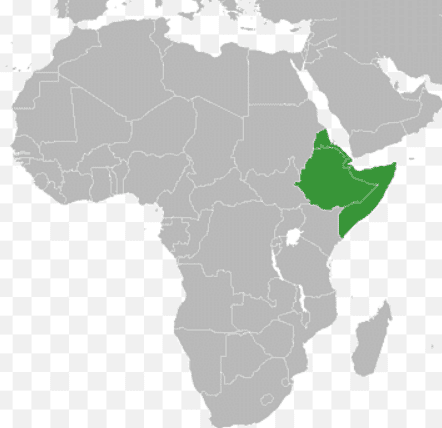 This is a continuation of an article I published in Zehabesha on April 19th, 2022and entitled : “The Horn of Africa States and the East Africa Community – What is yours is mine, and what is mine is mine!”. In the article we defined the East Africa Community and the Horn of Africa States as two geographically distinct regions who sit side by side in the East and Horn of Africa. The East Africa Community is larger and now includes countries of Central Africa such as Rwanda, Burundi, South Sudan and the DR Congo in addition to the traditional East Africa Community which represent ex- British East Africa of Uganda, Kenya and Tanzania. The Horn of Africa consists of the SEED countries, an acronym for Somalia, Ethiopia, Eritrea and Djibouti.
This is a continuation of an article I published in Zehabesha on April 19th, 2022and entitled : “The Horn of Africa States and the East Africa Community – What is yours is mine, and what is mine is mine!”. In the article we defined the East Africa Community and the Horn of Africa States as two geographically distinct regions who sit side by side in the East and Horn of Africa. The East Africa Community is larger and now includes countries of Central Africa such as Rwanda, Burundi, South Sudan and the DR Congo in addition to the traditional East Africa Community which represent ex- British East Africa of Uganda, Kenya and Tanzania. The Horn of Africa consists of the SEED countries, an acronym for Somalia, Ethiopia, Eritrea and Djibouti.
The East Africa Community generally represents the Swahili world, while the Horn of Africa States represents the Cushitic world. They appear to be very distinct regions, although each region consists of a concoction of countries formed towards the end of the nineteenth or early twentieth centuries by colonial Europe. Each of the two regions is marked by huge natural resources, large populations and abject poverty at the same time. “Why so poor?” when there is so much of natural resources, is a trillion-dollar question! And so, they produce one of the largest refugee populations of the world – some five million of them across the globe and over some fifteen million more internally displaced people. This does not count those who have already acquired the citizenships of other countries.
Another salient feature of the two regions is the fact that both contain some of the largest rivers in the world (The Congo and Nile rivers), one of the largest forests of the world (The Congo Forest) second only to the Amazon of South America and of course, one of the largest if not the largest concentrations of animal life in the world. The two regions are also endowed with a whole list of commercially viable minerals from ordinary metals to precious metals to oil and gas and even rare earths and others, that the world today needs aplenty.
Although collectively the member countries are rich on their own, each one also demonstrates the paradox of being poor at the same time and hence a resultant civil disharmony, for in each of all the countries there goes, on a regular basis, clan clashes on the remnants of their wealth, which is taken by others. The populations of the two regions and in each country are, indeed, enticed against each other and within each country, there is always a struggle for survival and continuous wars.
Yet despite being in groups, each member country of the two regions behaves as an independent free wheeling dealing unit despite being part of a collective. We look at Kenya or for that matter Somalia, which both behave as if they were independent units that really can enter into contracts, when both know that they are under the control of others who exploit their resources. Who draws wealth from the region, when it is known that there is an abject poverty and starvation in each country? We leave this for the reader to imagine!
According to the World Food Program (“WFP”), the East and Horn of Africa countries are currently undergoing the worst and longest drought in over seventy years and would, therefore, need support over the coming months and years. Millions of the animals and people of the two regions are at risk to perish and many have already died. Except for the DR Congo, all the other eleven countries of the East and Horn of Africa countries are exposed to climate change, and this poses risks for the large rural populations of these countries, where agriculture is the main source of livelihood. This is further aggravated by risks posed by unplanned urbanization which has been growing at a fast pace over the past several decades. This poses further risks in terms of health, education and infrastructure i.e., power and energy issues, irrigation, water availability despite plenty of it and many other gaps in urban requirements.
Would not it make more sense for each region i.e., the East Africa Community and the Horn of Africa States, concentrate on collective addressing of their region’s issues rather than each country going out on its own, getting into contracts whose bargains its might not be able to fulfill alone? The Kenyans should be working with other East Africa Community members to alleviate problems of its country and Somalia should be collaborating with the other members of the Horn of Africa States to manage its own issues. Why is Kenya pushing drugs such as Miraa into Somalia? And why is the Somali government playing on the health of its population? They are already exposed to droughts, famines, and terror and now Miraa from Kenya! Oubs!
Why shouldn’t each region allow its populations to move freely within the region so that people can migrate from one part of the region to another? Note that the size of the East Africa Community is some 5.2 million sq. km while the Horn of Africa region is some 1.9 million sq.km. If one part of a region is not doing well or exposed to a disaster of some sort, people should be able to move to another part of the region without any unnecessary barriers. The nomads of Ethiopia should be able to settle and work along the coasts of Somalia, which offers plenty of food (fish and seafood) and Somalis should be able to do their trades within the vast region of the Horn of Africa States. The Miraa growers of Kenya who were so severely affected by the ban on Miraa by Somalia, should be allowed to move to other parts of the vast East Africa Community. The DR Congo is ideal and so is Tanzania or Uganda and even South Sudan. Each country owns vast uninhabited and rich cultivable lands. They should be feeding the world instead of drugging them. Why target an already poor region such as the Horn of Africa States, devastated by drought, civil wars and weak governance.
Kenyans should sell their Miraa drug and market it to other member countries of the East Africa Community, if they can and not to the Horn of Africa States region, unless there is a collective regional arrangement (ECA and HAS), involving in addition to the trade, a management process of the resulting health issues. Since Kenya would be profiting from the Miraa trade, it should pay for all the health problems related to Miraa just as tobacco companies pay for damages proven to have been caused by tobacco. In the case of Miraa, dental issues, internal organ diseases such as colon and other organ diseases, stress and social and family issues related to Miraa should be paid for by the Kenyans. There are reports related to diseases and death caused by the insecticides sprayed on the Miraa plants in Kenya. The Kenyan government should eventually be made responsible for all of those ills and damages of its valuable plant, the Miraa in the Horn of Africa States.
The World Health Organization should also be consulted on the effects of the Miraa trade from Kenya. It is already known that the United Kingdom banned the product on June 14th on 2014, for multiple reasons and an input of the World Health Organization on how much a Miraa exporting country should pay to the health services of the importing country, should be sought. Even ships pay for damages they cause to the seas and oceans they ply through, and Kenya should be made to pay for the damages its products cause. Kenyans say, “We should put out fire when it is still small”. This is wise and Kenyans should heed their own saying. Discontinue the Miraa drug trade before it is sued for all the damages it causes.
*Dr. Walhad writes on the Horn of Africa economies and politics. He can be reached at [email protected]

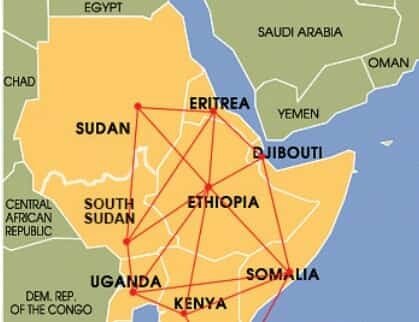

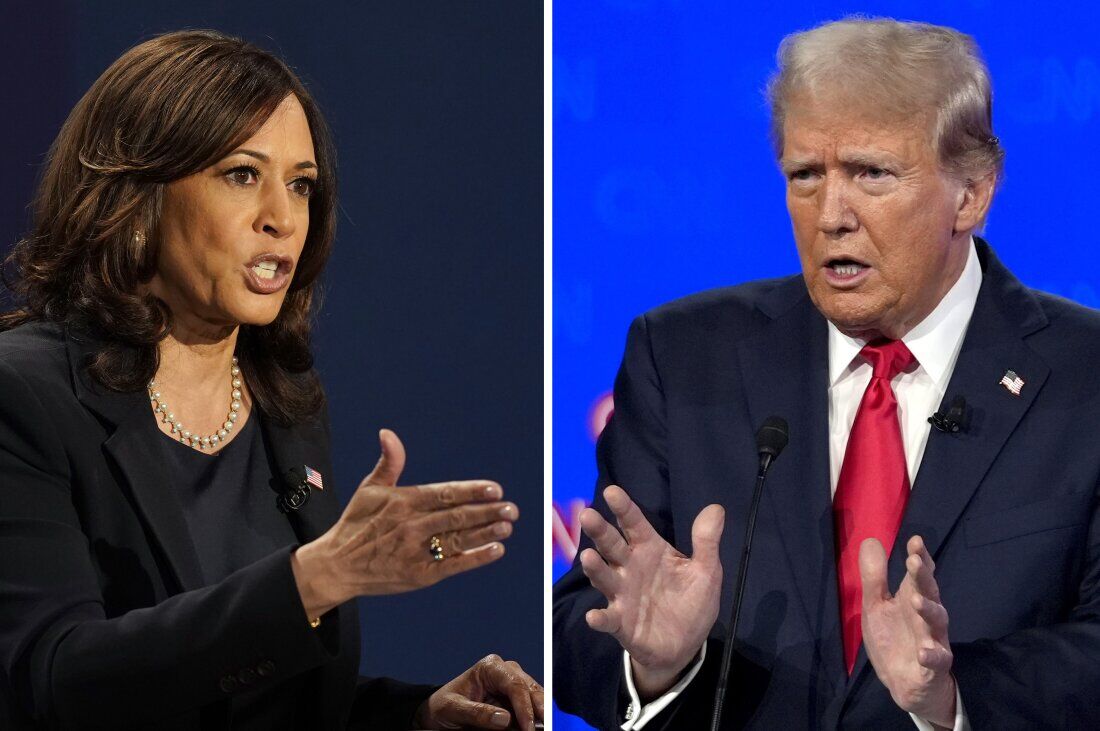
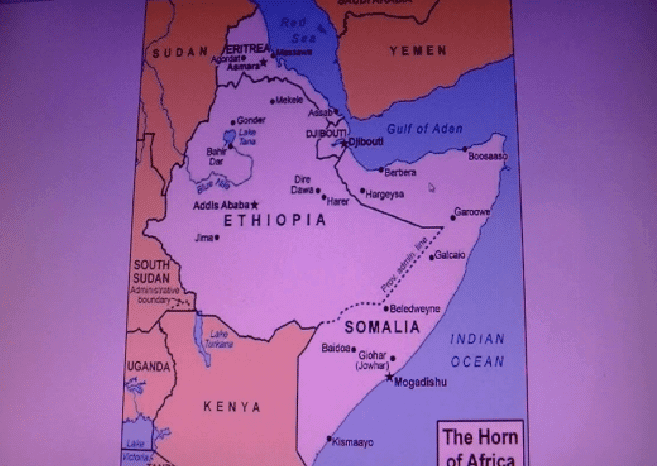




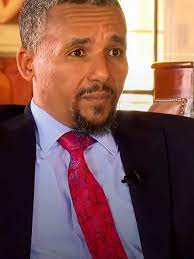
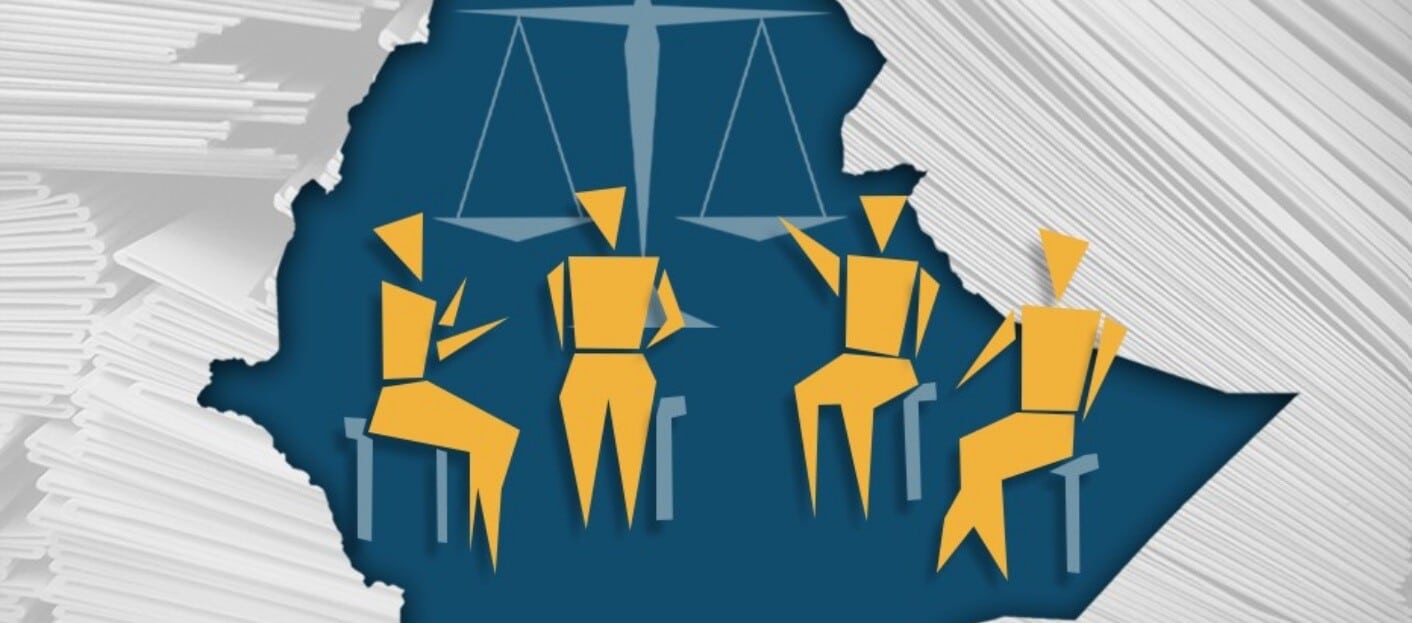
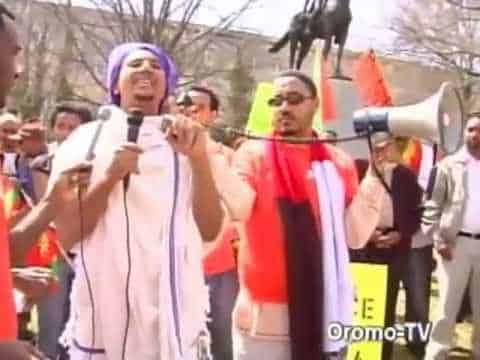

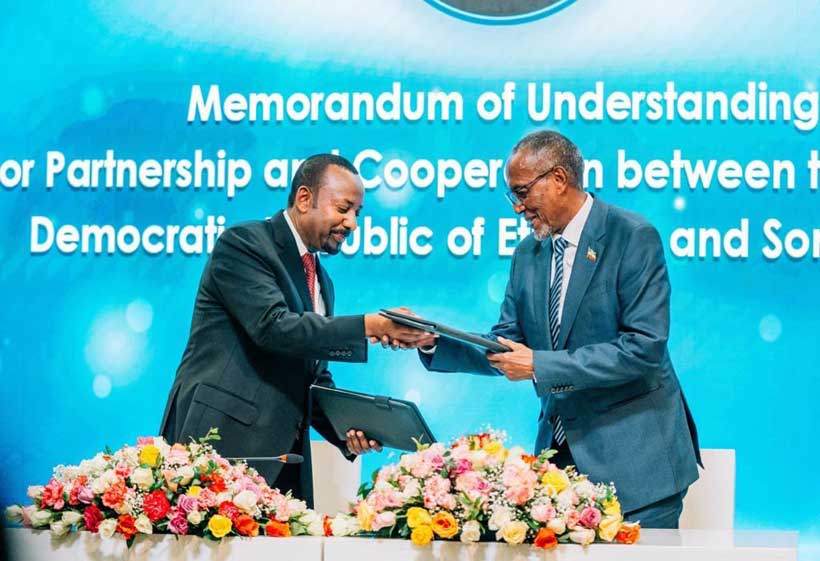
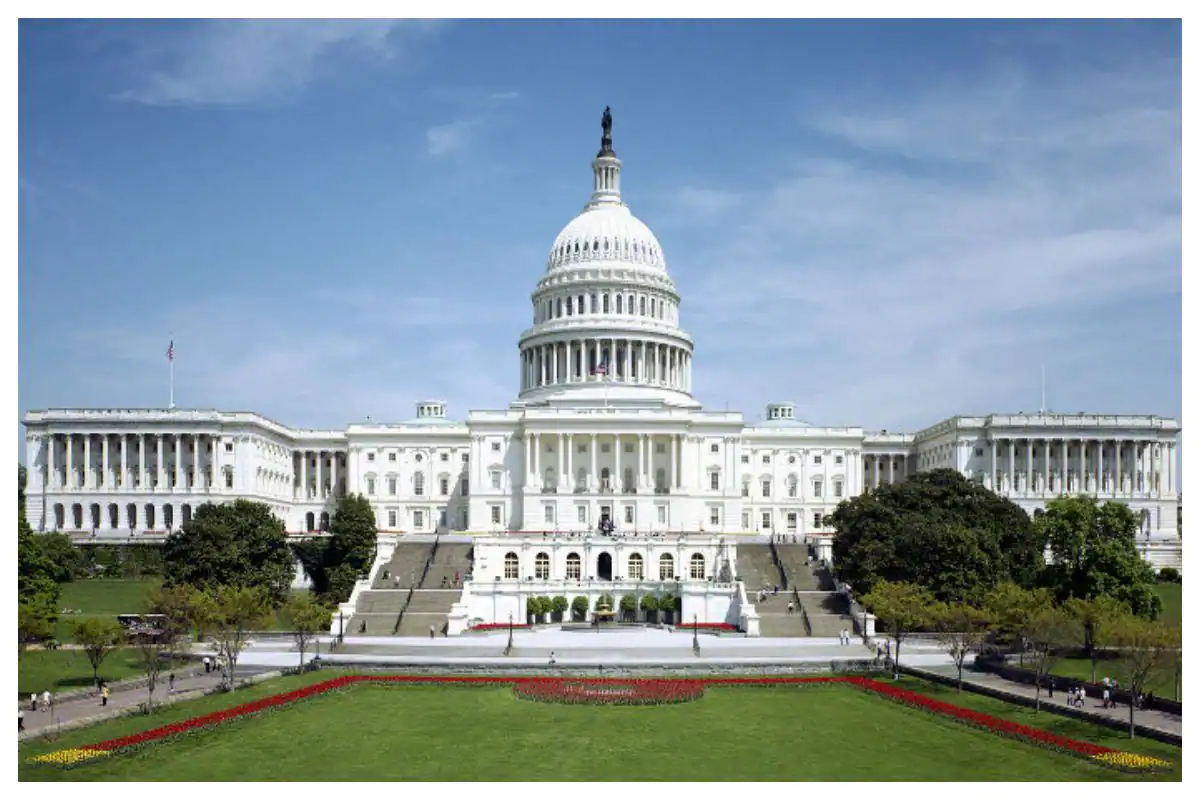
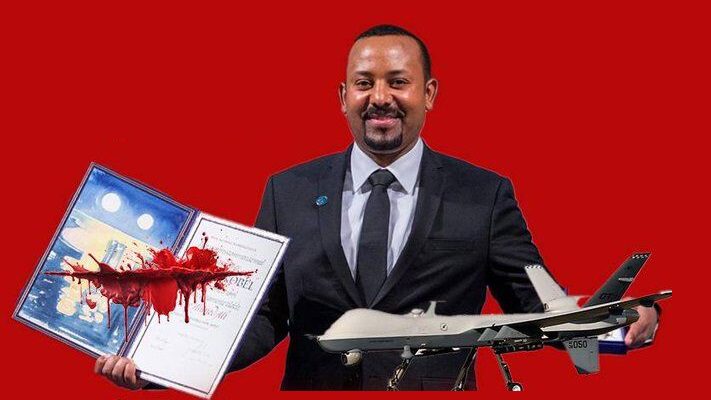

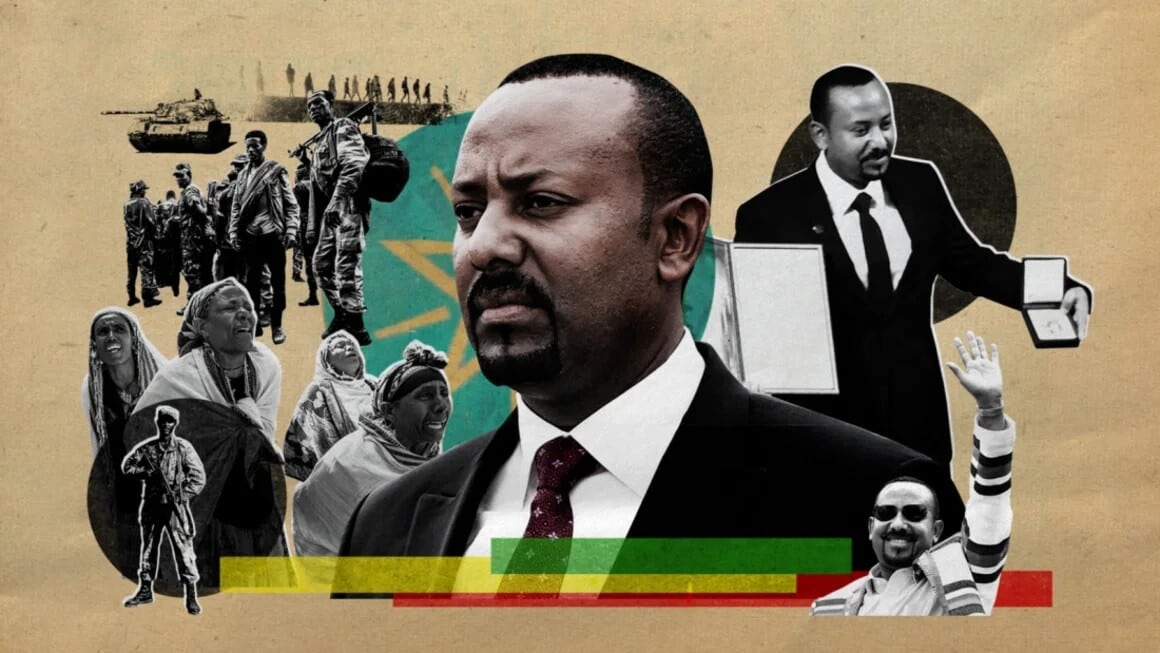
As usual excellent intuitive article by this well read author. I hope all those countries will be able to convince their citizens that the damage khat(miraa) can inflict on users. It is an addictive drug that should be eradicated with the wholehearted participation of everyone. There are millions who make legal and sustainable living on harvesting this plant and they must be given alternatives first and should be weaned away step by the step. There must be treatment centers to help addicts go sober. This must be carried out wisely and methodically. Otherwise the whole region except Eritrea will go up in raging flames.
In regards to the nagging problems of refugees and IDP’s in the region the cause is mainly ethnic. It might have been triggered by economic woes it is being inflamed by ethnic animosity perpetuated by the deresas of communism since the mid 1960’s. I’m afraid it may get worse and more brutal before it gets better. Let’s hope level heads shall prevail. Insha’Allah!!!
Please keep writing sir!!!